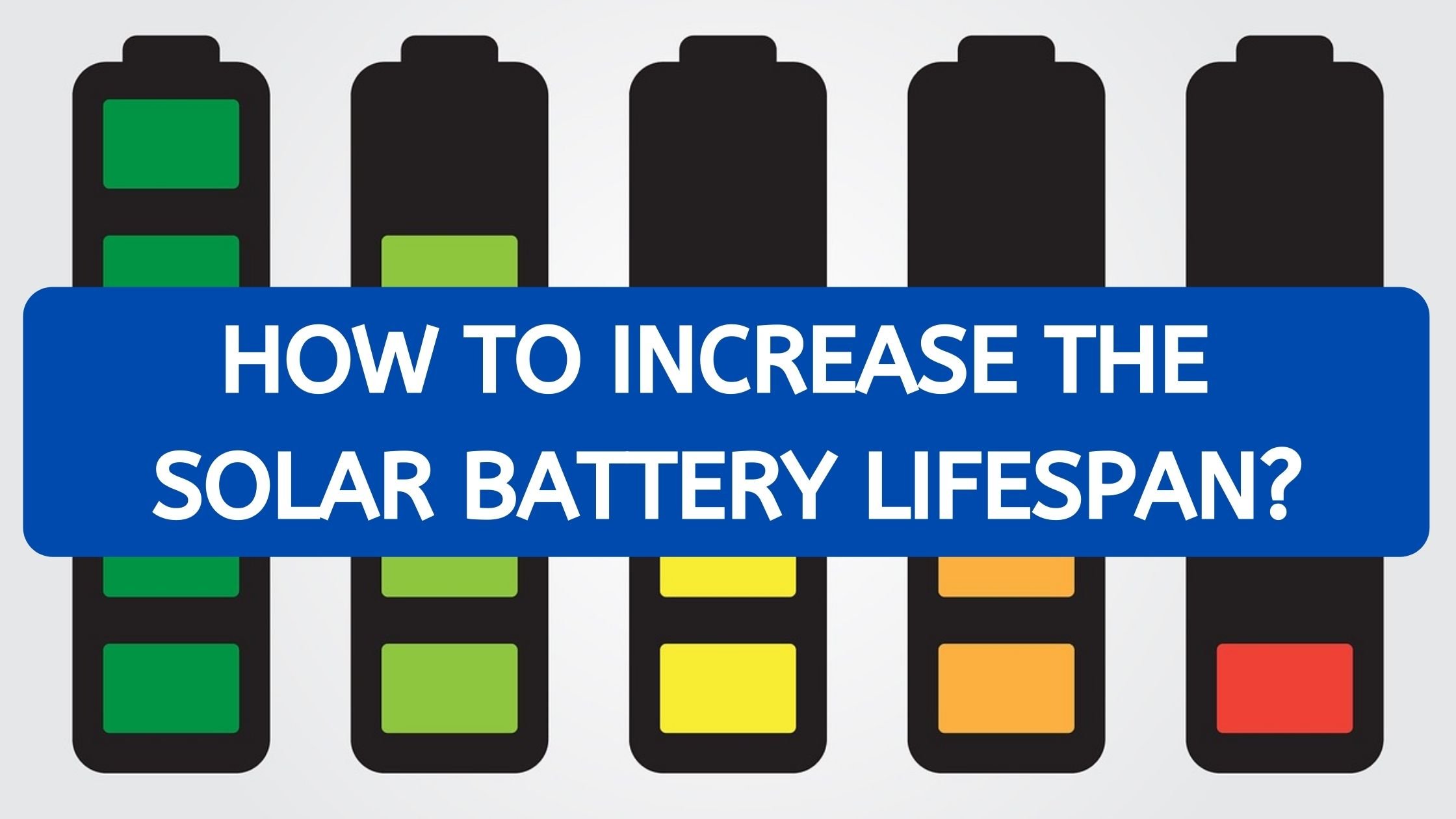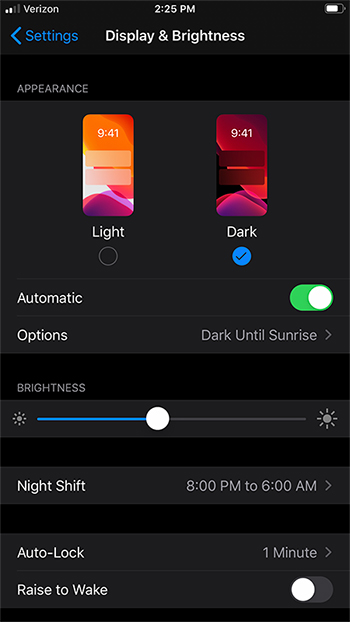

Solar lighting losing brightness? This is a common problem for homeowners and businesses using solar-powered outdoor lighting solutions. Solar lighting systems are designed to provide long-lasting illumination, but several factors can affect their performance, ultimately leading to decreased brightness and reduced battery life. This article will explore the key reasons why your solar lighting might be losing brightness and provide actionable solutions to extend its battery life, keeping your outdoor spaces well-lit.
Understanding the Basics of Solar Lighting Systems
Components and Functionality
Solar-powered outdoor lighting typically consists of three primary components: solar panels, batteries, and LED lights. The solar panels capture sunlight, converting it into electrical energy. This energy is stored in the batteries, which power the LED lights. The system is designed for self-sufficiency, relying on sunlight to recharge the batteries.
Battery Degradation
Over time, the battery’s capacity to store energy decreases, which directly impacts the brightness and operational duration of the solar lighting. The process of degradation is often accelerated by factors like extreme temperatures, improper charging cycles, and lack of maintenance.
Optimizing Sunlight Exposure for Maximum Energy Capture
Related Post : Energy-Saving Appliances Not Lowering Bills? What to Check First
Choosing the Right Location
Sunlight exposure is crucial for optimal solar panel performance. Analyze your outdoor space and identify locations that receive the most direct sunlight throughout the day, particularly during peak sunlight hours. A south-facing location, for example, often receives more direct sunlight and can maximize energy generation. Avoid areas with significant shade or frequent obstructions that might block sunlight.
Panel Orientation and Angle
The orientation and angle of your solar panels significantly affect their ability to absorb sunlight. Ideally, solar panels should be positioned perpendicular to the sunlight, maximizing energy capture. Adjusting the panel angle can also improve sunlight absorption, especially if your region has fluctuating sunlight throughout the year.
Maintaining Solar Panels for Enhanced Efficiency
Regular Cleaning
Regular cleaning is essential for maintaining optimal solar panel performance. Dirt, leaves, and other debris can significantly reduce the panel’s ability to absorb sunlight. Use a soft cloth and mild soap or water to clean the panels, ensuring you remove any debris.
Assessing Panel Condition
Visually inspect your solar panels regularly for any signs of damage or wear and tear. Cracks, discoloration, or noticeable shading can hinder energy production. Replacing damaged panels promptly can maintain overall system performance.
Extending Battery Life through Proper Maintenance
Monitoring Battery Levels
Regularly check your batteries to monitor their charge levels and ensure they are consistently maintained at optimal levels. If needed, consider utilizing battery-monitoring tools to stay ahead of any decline.
Ensuring Proper Battery Charging
Excessive battery discharge or incomplete charging can accelerate battery degradation. A consistent charging cycle, particularly during periods of sufficient sunlight, is necessary for optimal performance.
Choosing the Right Solar Lighting Configuration
Lighting Type and Placement
Select lighting fixtures that are suitable for your intended use, ensuring they are not overly demanding in terms of energy consumption. Consider different types of outdoor lighting (floodlights, pathway lights) and ensure their placement optimizes the lighting effect without excessive energy consumption.
Energy-efficient Alternatives
Explore high-efficiency LED options for your solar lights. LED lights generally use less energy compared to traditional incandescent bulbs, maximizing the output from your solar system.
Advanced Tips for Solar Lighting Maintenance
Troubleshooting Solar Lighting Issues
Summarizing, extending the lifespan of your solar lighting involves several key strategies. Prioritize high-quality batteries and solar panels, optimizing their placement for maximum sunlight exposure. Regular maintenance, including cleaning the panels and checking battery voltage, can also significantly improve performance. Choosing the right lighting configuration, whether it’s a floodlight or a pathway light, is essential to make the most of the solar power. Ultimately, understanding your specific needs and adopting a proactive approach to maintenance and selection will maximize your solar lighting’s longevity. If you’re still experiencing issues with solar lighting dimming, consider consulting a solar professional for personalized advice and troubleshooting.